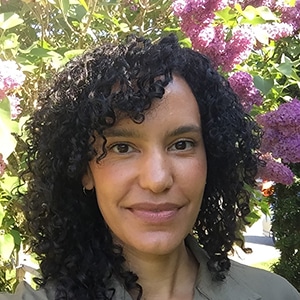Community engagement has always been important in K-12 education—but for smaller school districts, it’s become essential. With limited staff and shrinking budgets, leaders must keep their communities informed, involved, and aligned. That’s a difficult task, especially when you’re juggling multiple responsibilities.
Across the country, smaller districts are changing up how they define and approach engagement: not as a side initiative, but as a strategic function that can shape everything from planning to trust-building.
Read on to discover how smaller school districts are winning at community engagement.
In this Article
Why community engagement looks different in smaller school districts
In large districts, engagement often means scheduled communications, parent liaisons, consultants, and a range of survey tools. In smaller districts, where one administrator may be responsible for operations and outreach, the process needs to be more focused, agile, and sustainable.
Small school districts face the same systemic pressures—enrollment declines, staffing challenges, budget cuts—but they must navigate them with resource limitations. Effective community engagement can bring stakeholders into the process early, build shared understanding, and reduce decision-making friction.
Engagement without a communications team
Many smaller districts don’t have a full-time communications role, let alone a department. Yet these districts are still expected to demonstrate transparency, solicit feedback, and include the voices of families, students, and staff in decision-making.
What’s working? Leaders are adopting simple, repeatable practices that make strategic planning and engagement part of the workflow—not an additional burden.
For example:
- Framing a clear, open-ended question around an upcoming decision
- Sharing that question through familiar channels (email, texts, district site)
- Prioritizing what’s heard and reporting back quickly
When districts make asking, listening, and responding a habit, they increase trust—even without a large-scale engagement infrastructure. A robust K-12 survey and engagement platform like ThoughtExchange can help.
“ThoughtExchange has vastly improved how we connect with our community. The platform brings so many more people into the conversation and very quickly captures and analyzes complex data. It’s been a game-changer for us.”
Getting more insights when facing resource limitations
One of the biggest challenges smaller school districts face is how to make use of community input with resource limitations, especially when there’s no time to parse long-form responses or analyze spreadsheets.
This has sparked a growing interest in tools that support open-ended feedback and simplify analysis. The goal isn’t just to collect data—it’s to turn feedback into effective decisions quickly.
The districts that are leading in this space aren’t necessarily the best-funded. They’re the ones that make space for community voice while streamlining how they interpret and apply it.
Engagement is more than a task—it’s a way to build clarity.
“Surveys in ThoughtExchange have been a game-changer. With the Survey piece, we don’t have to tie in another system like a Google form or SurveyMonkey in addition to our Exchanges. People are less willing to do two different surveys, so getting them engaged through one platform has been great.”
Listening to support staff and student well-being
Community engagement strategies that only focus on parents often miss the internal dynamics that drive school culture and staff morale. In small school districts, where everyone is closer to the work, capturing the lived experiences of teachers, paraprofessionals, counselors, and students is essential.
Leaders are asking:
- How are our staff really feeling about workload, burnout, and support?
- Are students experiencing belonging and psychological safety in their schools?
- What’s changing—and how can we respond before it affects retention or attendance?
Some of the most valuable feedback doesn’t require complex surveys. It requires honest questions and the space to answer them.
What smaller school districts are learning from each other
Across North America, smaller school districts are experimenting with engagement models that reflect their realities. They’re moving away from piecemeal surveys or siloed conversations and toward integrated approaches that:
- Use one tool or method across multiple needs (climate, planning, feedback)
- Allow participants to share in their own words
- Provide insights for board reports, school planning, or funding conversations
The mindset is shifting: smaller doesn’t mean less capable. In fact, lean teams often move faster when the right systems are in place.
Related resources
Explore how other school districts are approaching planning and engagement:
Take the next step
If you’re leading a smaller school district and are ready to rethink engagement, you’re not alone. Hundreds of other districts are doing the same—finding ways to involve their communities more meaningfully while protecting their time and budgets.
There’s no one-size-fits-all approach. But there are proven practices—and better tools—to help you get there.
















